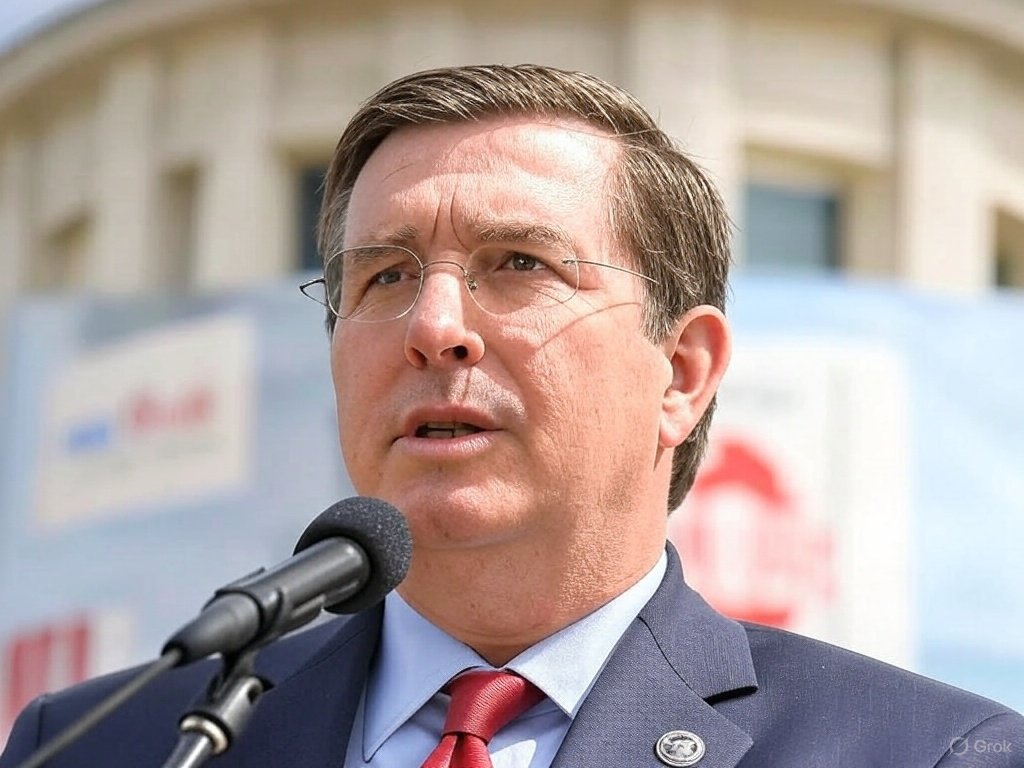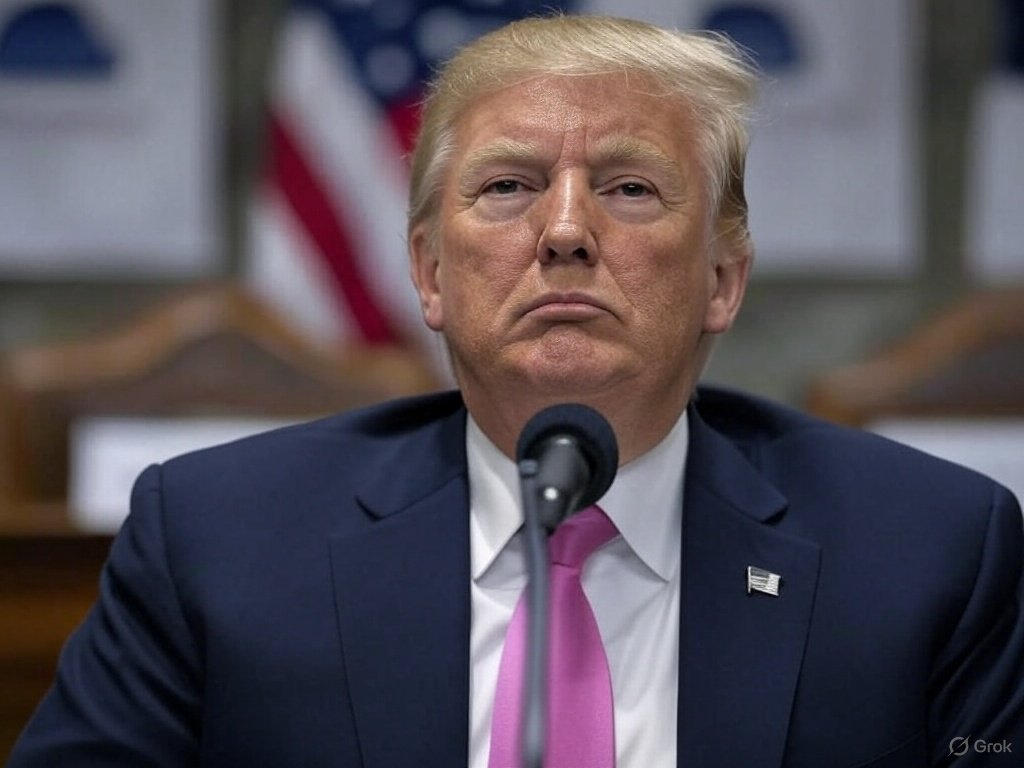In a landmark decision that marks a significant shift in state policy, Minnesota has officially legalized cannabis. This move is set to transform the landscape of the cannabis industry, creating new opportunities for businesses and consumers alike. The journey to legalization has been long and arduous, but the potential benefits for the economy, public health, and social justice are immense. Let’s delve into the details of this historic change, explore the expected impacts, and understand what it means for the future of cannabis in Minnesota.
The Road to Legalization
The journey to cannabis legalization in Minnesota has been characterized by extensive debate, advocacy, and public support. For years, activists and lawmakers have been pushing for reform, citing the benefits of legal cannabis, such as reducing criminal justice costs, creating jobs, and generating tax revenue. Public opinion has shifted significantly over time, with a majority of residents now supporting legalization.
In 2024, the tipping point was reached. A comprehensive bill was introduced and passed in the state legislature, legalizing the possession, use, and sale of cannabis for adults aged 21 and over. The law includes provisions for both medical and recreational cannabis, making Minnesota the latest addition to the growing list of states that have embraced cannabis reform.
Key Provisions of the New Law
The new cannabis law in Minnesota includes several key provisions designed to regulate the industry and ensure public safety. Here’s a closer look at some of the most important aspects:
- Age Restrictions: Cannabis use is legal for adults aged 21 and over. Minors are prohibited from possessing or using cannabis unless they have a medical prescription.
- Possession Limits: Adults can possess up to 2 ounces of cannabis in public and up to 10 ounces at home. Medical cannabis patients may have higher possession limits based on their prescriptions.
- Cultivation: Individuals are allowed to grow up to eight plants at home, with a maximum of four mature plants. Cultivation must be done in a secure and private location.
- Retail Sales: Licensed dispensaries will be established to sell cannabis products. These businesses must adhere to strict regulations regarding product safety, labeling, and advertising.
- Taxation: A state excise tax will be applied to cannabis sales, with the revenue allocated to public health programs, education, and community reinvestment initiatives.
Economic Impact
The legalization of cannabis in Minnesota is expected to have a significant positive impact on the state’s economy. Here are some of the key benefits:
- Job Creation: The cannabis industry is poised to create thousands of new jobs in cultivation, processing, distribution, and retail. Ancillary businesses, such as security, marketing, and legal services, will also see growth.
- Tax Revenue: Cannabis sales will generate substantial tax revenue for the state. These funds can be used to support public services, infrastructure projects, and community programs.
- Business Opportunities: Entrepreneurs and investors will find numerous opportunities in the newly legal cannabis market. This includes the establishment of dispensaries, cultivation facilities, and cannabis-infused product lines.
Social Justice and Public Health
One of the most compelling arguments for cannabis legalization has been its potential to address social justice issues and improve public health outcomes. Minnesota’s new law includes several measures aimed at achieving these goals:
- Expungement of Records: The law includes provisions for the expungement of past cannabis-related convictions. This will help individuals with prior offenses clear their records and improve their employment prospects.
- Equity Programs: To ensure that communities disproportionately affected by the War on Drugs benefit from legalization, Minnesota will implement equity programs. These programs will provide grants, loans, and training to minority-owned businesses and support community development initiatives.
- Public Health Initiatives: A portion of the tax revenue from cannabis sales will be allocated to public health initiatives. This includes substance abuse treatment programs, mental health services, and educational campaigns about responsible cannabis use.
Challenges and Considerations
While the legalization of cannabis in Minnesota brings many benefits, it also presents challenges that must be addressed:
- Regulatory Framework: Establishing a comprehensive regulatory framework for the cannabis industry is critical. This includes setting standards for product safety, quality control, and advertising restrictions.
- Public Safety: Law enforcement agencies will need to adapt to the new legal landscape. This includes training officers on how to handle cannabis-related incidents and ensuring that impaired driving laws are effectively enforced.
- Public Education: Educating the public about the new laws, responsible use, and potential health risks is essential. This will help prevent misuse and ensure that residents understand their rights and responsibilities.
The Future of Cannabis in Minnesota
As Minnesota embarks on this new journey, the future of cannabis in the state looks promising. The legalization of cannabis opens up a world of possibilities for economic growth, social justice, and public health improvement. By embracing innovation and learning from the experiences of other states, Minnesota can create a robust and equitable cannabis industry.
Frequently Asked Questions
What are the legal age requirements for cannabis use in Minnesota? Cannabis use is legal for adults aged 21 and over. Minors are prohibited from possessing or using cannabis unless they have a medical prescription.
How much cannabis can adults possess in Minnesota? Adults can possess up to 2 ounces of cannabis in public and up to 10 ounces at home. Medical cannabis patients may have higher possession limits based on their prescriptions.
Can individuals grow their own cannabis in Minnesota? Yes, individuals are allowed to grow up to eight plants at home, with a maximum of four mature plants. Cultivation must be done in a secure and private location.
Where can I buy cannabis in Minnesota? Licensed dispensaries will be established to sell cannabis products. These businesses must adhere to strict regulations regarding product safety, labeling, and advertising.
What will the tax revenue from cannabis sales be used for? Tax revenue from cannabis sales will be allocated to public health programs, education, and community reinvestment initiatives.
How will cannabis legalization address social justice issues? The law includes provisions for the expungement of past cannabis-related convictions and equity programs to support minority-owned businesses and community development initiatives.
What measures are in place to ensure public safety with cannabis legalization? Law enforcement agencies will receive training on handling cannabis-related incidents, and impaired driving laws will be enforced. Public education campaigns will also promote responsible use.
How will public health initiatives be funded through cannabis legalization? A portion of the tax revenue from cannabis sales will be allocated to public health initiatives, including substance abuse treatment programs, mental health services, and educational campaigns.
What challenges does Minnesota face with cannabis legalization? Key challenges include establishing a comprehensive regulatory framework, ensuring public safety, and educating the public about the new laws and responsible use.
What is the future outlook for the cannabis industry in Minnesota? The future looks promising with opportunities for economic growth, social justice improvements, and public health benefits. Minnesota aims to create a robust and equitable cannabis industry.






